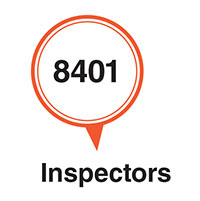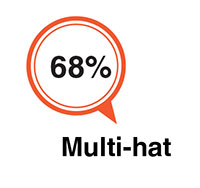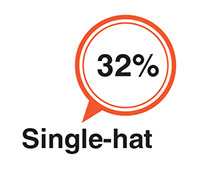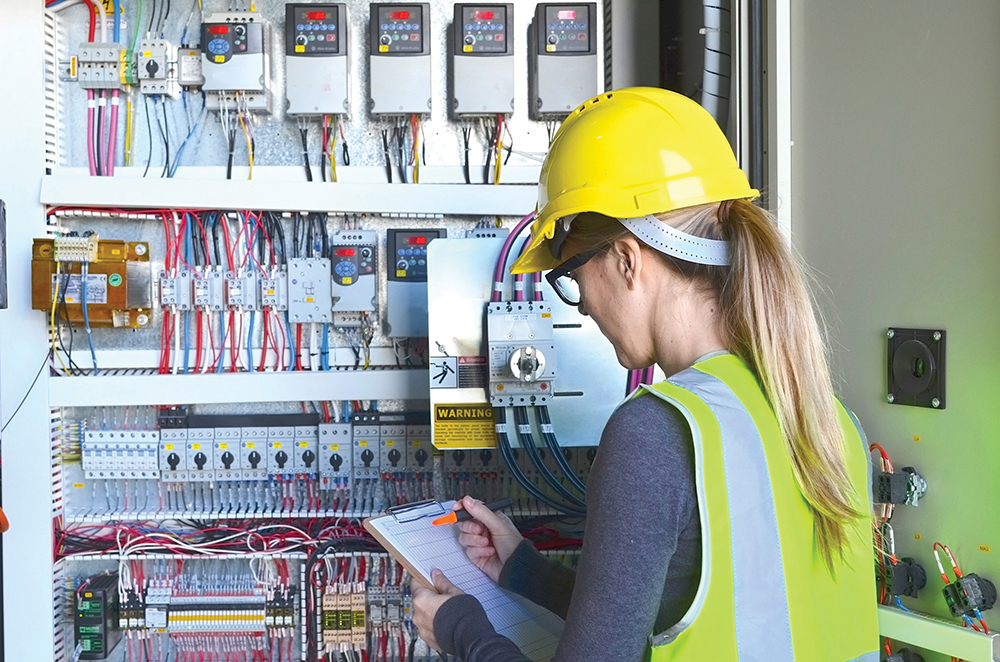The authority having jurisdiction (AHJ) has the responsibility of seeing that the electrical installations and equipment are safe within their municipality. Part of this duty is ensuring that the adopted codes, such as the National Electrical Code or International Residential Code, are properly interpreted and enforced. These inspectors are also required to keep abreast of the latest materials and methods in the electrical field to help prevent the loss of life and personal injuries due to electrical accidents.
The responsibilities of local authorities have also evolved to include more than just residential inspections. Many are tasked with inspecting a residential, commercial, or industrial installation. With limited budgets and shrinking workforces, many AHJs are also being tasked with becoming “multi-hat” inspectors. These individuals are tasked not only with electrical inspections, but with inspecting building, plumbing, and mechanical installations.

Executive Summary
Per the U.S. Bureau of Labor Statistics, there were 101,200 construction and building inspectors employed in 20141. These include building, coating, electrical, elevators, home, mechanical, plumbing, public works, specification inspectors and plan reviewers. The goal of this research project is to narrow down that number to include only inspectors performing electrical inspections for jurisdictions.
The IAEI Electrical Inspector study launched in September 2015 to build a national consensus of in-house electrical inspectors hired by a local or state jurisdiction. In addition to the email survey, relevant data was obtained from various sources such as jurisdictional websites for information pertaining to electrical permitting and inspection.

The report found a total of 3,938 jurisdictions with a total of 8,401 in-house electrical AHJs. Of these AHJs, 32% are single-hat electrical inspectors and 68% are multi-hat. These inspectors are found most frequently in Building Departments (29%) or within those called Inspection Services or Building Inspection (22%). The average department has two electrical AHJs who perform, on average, 80 inspections per week.
These inspectors are most often called variations of Building Inspectors (49%) or Electrical Inspectors (31%), such as Electrical Subcode Inspectors or Code Inspector. Other titles include combination inspectors, electricians, engineers and fire marshals that perform electrical inspections within their jurisdiction (even if that is not their primary duty).
Sixty-five percent (65%) of the states require some form of licensing of electrical inspectors; 76% require licensing of electricians and 84% of electrical contractors.
Due to state regulations and/or budgetary restrictions, some jurisdictions outsource their electrical inspections to either state inspectors or third-party inspection agencies. Thirty-one states use state electrical inspectors either state-wide, for state-owned buildings, or for cooperation with local inspection agencies.
States that used a large percentage of third-party inspectors, such as Pennsylvania, were also examined, but the numbers of third-party inspectors were compiled into a separate list. A preliminary total of 674 third-party inspectors were discovered; the Middle Atlantic region of the United States reported the highest usage of third-party inspection agencies.
It is difficult to describe the average electrical AHJ as their titles, responsibilities, certifications, and coverage areas vary so greatly. This report examines each facet of the electrical AHJ, from their departments, job titles, duties, third-party certifications, and the number of inspections per month. We have also broken down these categories by regions based on the U.S. Census Bureau.











Find Us on Socials